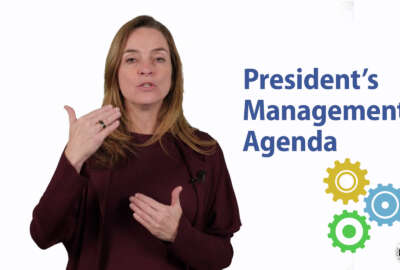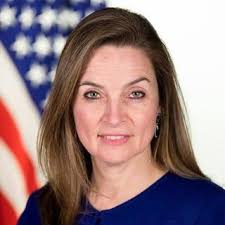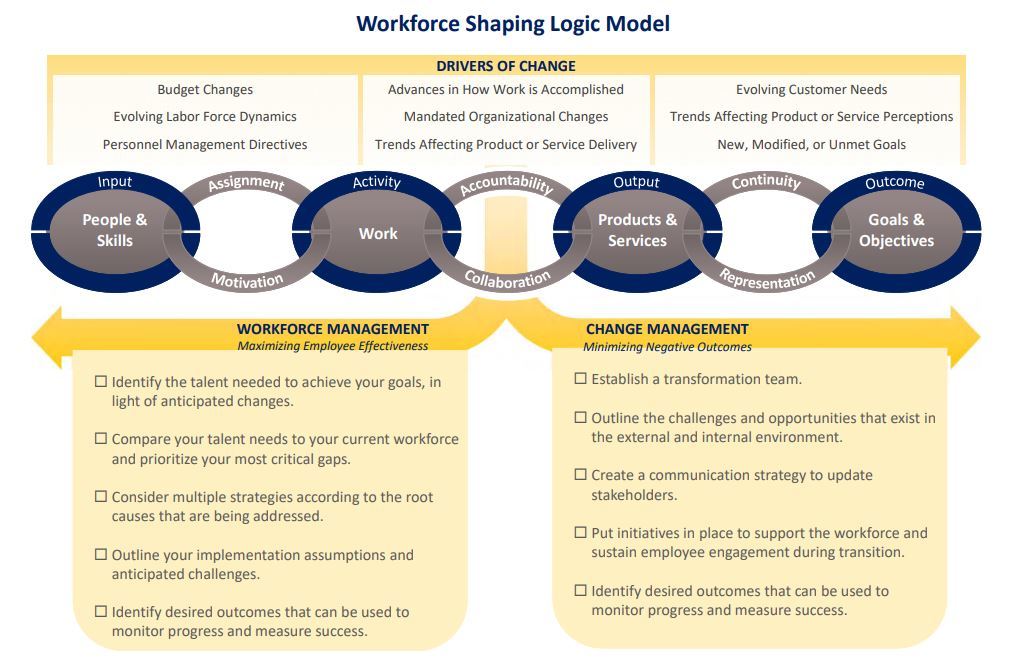
OPM offers up new reskilling toolkit, workforce reshaping guide for agencies
As part of the Trump administration's broad efforts to reskill the federal workforce, the Office of Personnel Management has new a toolkit and playbook for agen...
Though the Trump administration has made artificial intelligence and robotic process automation popular buzzwords in the federal community over the past year, few agencies would proclaim they’re experts at the technology.
And perhaps fewer agencies would say they’re fully prepared to handle the challenges that new technology will bring to the federal workforce.
The Office of Personnel Management on Wednesday released a variety of new resources, including a workforce reshaping playbook, reskilling toolkit and guidance on change management within the federal workforce, designed to help agency leaders better prepare their employees for future kinds of work.

It’s part of the Trump administration’s ongoing efforts to modernize the federal workforce for future work, one of 14 cross-agency priority goals in the President’s Management Agenda.
“As technology like robotic process automation and artificial intelligence are introduced into the workplace, employees require new skills that include technical knowledge blended with social or ‘people’ skills,” Margaret Weichert, acting OPM director, wrote Wednesday in a memo to agency and department heads. “Agency leaders, managers, human resources professionals and employees can work together to prepare the workforce for new types of jobs and skills that will be needed as automation rapidly changes the way we work.”
OPM’s new reskilling toolkit describes what agencies should consider when deciding to reskill or upskill their employees — and how they should communicate those plans to the workforce.
The toolkit, for example, reminds agency leadership poor communication can make upcoming changes all the more difficult.
“Leadership statements, no matter how well crafted, only deliver conflicting and ultimately alienating messages to the workforce if leadership’s behavior is inconsistent with the underlying values or vision expressed,” the toolkit reads.
The toolkit also describes what role employees, managers and other stakeholders should play as agencies prepare to reskill and upskill their workforces.
Employees should find opportunities to enhance their own skills, abilities and therefore, their careers.
Unions, for example, should “advocate for measures that will foster fairness within the structure of agency reskilling and upskilling efforts and inform the leadership of members’ concerns,” the toolkit reads.
The toolkit includes a sample reskilling/upskilling action plan for, in this case, electrical engineers at a fictional Government Mechanical Office. It also gives examples of how agencies might consider reskilling or upskilling their employees through coaching, details to other agencies or positions, mentoring programs, rotational or shadowing assignments or a combination or two or more training methods.
OPM also released an executive playbook for workforce reshaping, which includes a logic model and describes four “plays” that agencies should consider after conducting a comprehensive analysis of its employees, their skills and the organization’s mission. 
According to the reshaping playbook, agency leadership should consider restructuring their workforce if the organization’s current layout doesn’t support a new agency mission or process, for example.
Agencies might consider resizing their workforce if their organization’s mission or work has changed, if employees’ skills aren’t relevant to new work or if the agency has more people than work. The playbook provides links to further OPM resources on voluntary early retirement authority (VERA) and voluntary separation incentive payments.
Reskilling is an option if an agency’s employees have shown an interest in learning something new — and if agency has the resources to invest in new training and certification programs, the playbook said.
Finally, agencies should consider recruiting and hiring new talent if the current workforce doesn’t have the right skills or enough people to get the job done.
Weichert has said about 30% of work done in government today could be automated, but the statistic doesn’t necessarily translate to the number of direct federal jobs that could disappear due to automation. Instead, employees will feel the impact of RPA in bits and pieces, and their positions may evolve over time to adapt to new technology.
The Trump administration, meanwhile, has said federal employees are showing early signs of interest in reskilling opportunities.
The Federal Cybersecurity Reskilling Academy will soon begin to select participants for its second cohort. More than 1,500 employees applied to join the first reskilling academy cohort. It includes about 30 employees from 11 different agencies.
Copyright © 2024 Federal News Network. All rights reserved. This website is not intended for users located within the European Economic Area.
Nicole Ogrysko is a reporter for Federal News Network focusing on the federal workforce and federal pay and benefits.
Follow @nogryskoWFED
Related Stories





